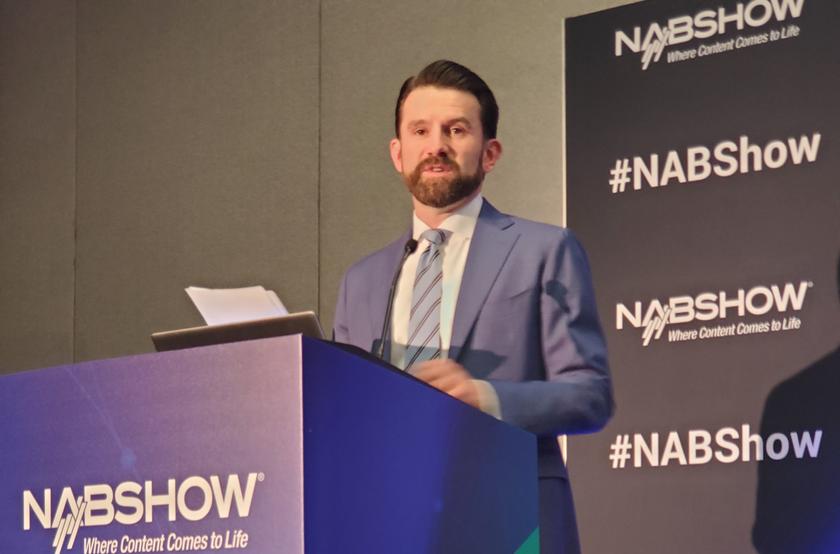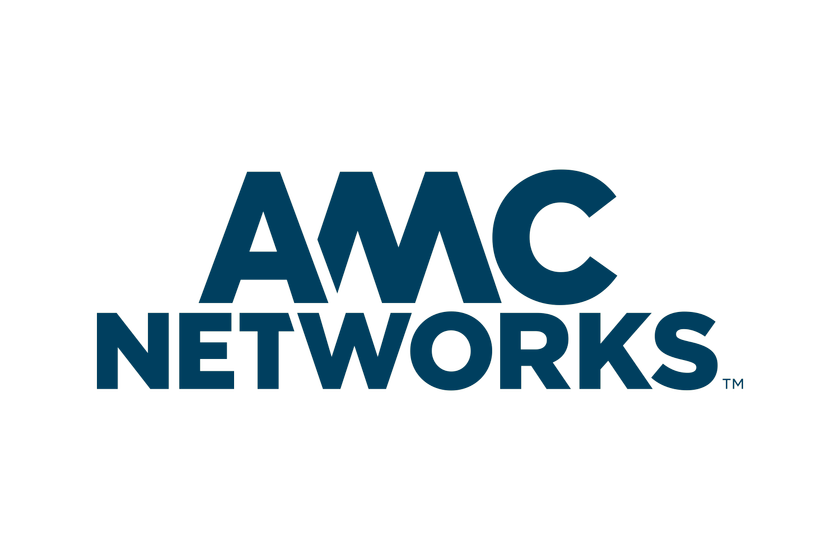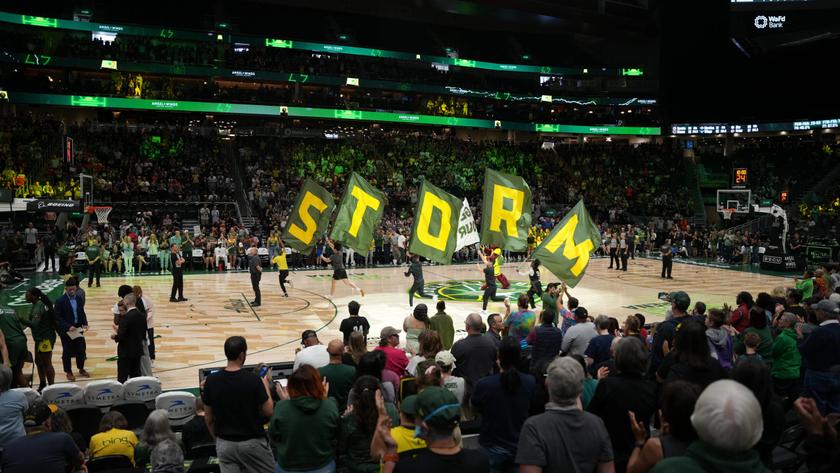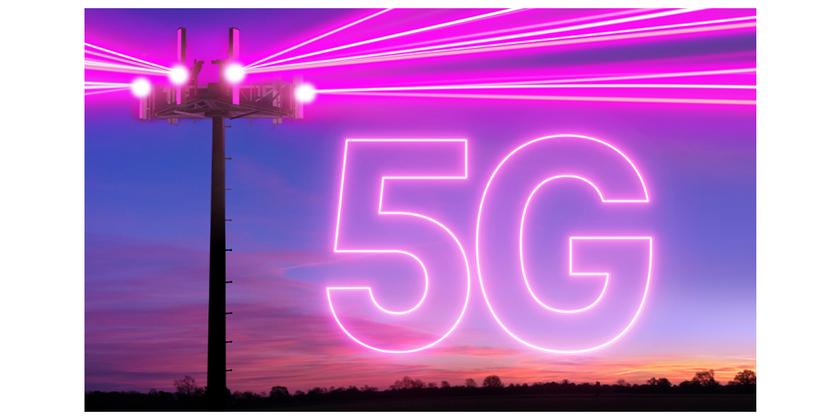Getting The Message
WASHINGTON
Whenever the DTV switchover actually takes place, broadcasters are clearly ready. As for worries that the public isn't ready for DTV? Broadcasters share these concerns.
"All the technical work here at KHOU is complete," said Jeff Laird, assistant director of technology for the Belo-owned CBS affiliate in Houston.
"WPXI-TV is completely ready for the transition," echoed Annette Parks, WPXI's director of engineering for the Pittsburgh NBC affiliate. "It will be as simple as shutting down the analog transmitter. [That's because] we've been broadcasting digitally since 1998 and at full power since May of 2005."
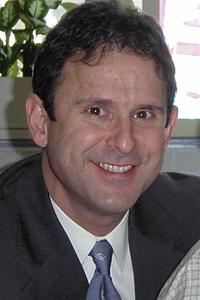
Saul Shapiro "WFAA is ready to go," said David Johnson, director of technology for the Belo-owned ABC affiliate in Dallas-Ft. Worth. At most, "our independent station KFWD CH52 needs some structural work on the tower to prepare for an antenna change out after the transition. But this isn't a problem; until the work is done. KFWD will broadcast temporarily from WFAA's tower."
In New York City, the 11 local stations in the Metropolitan Television Alliance (WABC, WCBS, WFUT, WNBC, WNET, WNJU, WNYW, WPIX, WPXN, WWOR and WXTV) are "'street legal' per FCC rules for full digital broadcast," said MTVA President Saul Shapiro. "Since we are currently in full operations on both analog and digital, there will be no 'switchover.' Remember, this is really the termination of analog broadcast, not the introduction of digital."
WHAT ABOUT VIEWERS?
So the DTV plants are ready. But what about the viewers who rely on over-the-air broadcasting?
"My concern is with our viewers and if they are fully prepared for the switch," said Parks. "We feel pretty confident that people have 'gotten the message' about the retirement of analog broadcast, but we are all concerned that some viewers, especially elderly and 'technically challenged' simply may not know what to do, despite being aware of the shutdown," Shapiro added.
Mindful that losing TV signals can alarm viewers—especially in New York since 9/11—broadcasters have been working hard to educate the public before it happens, whenever it happens. This is why they have been running DTV informational PSAs frequently, plus taking part in the NAB's DTV Speakers Bureau to get the word out. "I have personally visited [or plan to by Feb 17], over 30 senior facilities," Shapiro said, "reaching hundreds of people, to demonstrate the converters and how to set them up."
What may help ease panic the most are the soft shutdowns U.S. broadcasters have been staging. By replacing their analog signals with information screens for short periods, these broadcasters have been warning over-the-air viewers about what's coming in unavoidable ways. Most importantly, these stations have been manning phone banks to field calls and answer DTV questions.
In New York City, the MTVA has been staging soft shutdowns since last October designed to direct callers to a free automated info line. Since that first test, "We have handled approximately 15,000 calls with the system to date in New York City," said Shapiro. "While 15,000 may not sound like a lot in a market as large as New York, recall that only 5-8 percent of households in New York are thought to be reliant on over the air, and not all are watching when the tests are run."
"We ran a 5 minute spot only on our analog channel informing viewers that this means of transmission would be going away," said KHOU's Laird. "Our first test went splendidly. The Houston market utilized an automated call system that could handle the volume of calls that were expected. We weren't disappointed. The system had over 13,000 calls for information concerning reception or government coupons."
The same strong public response occurred in Dallas-Fort Worth: "During our local soft turnoff tests [Dec. 1-2] the engineering department manned the phone lines to answer questions from viewers; for the full 1.5 hours the phones never stopped," said WFAA's Johnson.
"We've done four analog shutdown tests to date in the Pittsburgh market," Park said. "Each time the number of viewer calls has decreased significantly. I'm hoping the decrease in calls signifies that the viewers are indeed prepared or have taken the appropriate steps to get prepared."
Get the TV Tech Newsletter
The professional video industry's #1 source for news, trends and product and tech information. Sign up below.
James Careless is an award-winning journalist who has written for TV Technology since the 1990s. He has covered HDTV from the days of the six competing HDTV formats that led to the 1993 Grand Alliance, and onwards through ATSC 3.0 and OTT. He also writes for Radio World, along with other publications in aerospace, defense, public safety, streaming media, plus the amusement park industry for something different.

